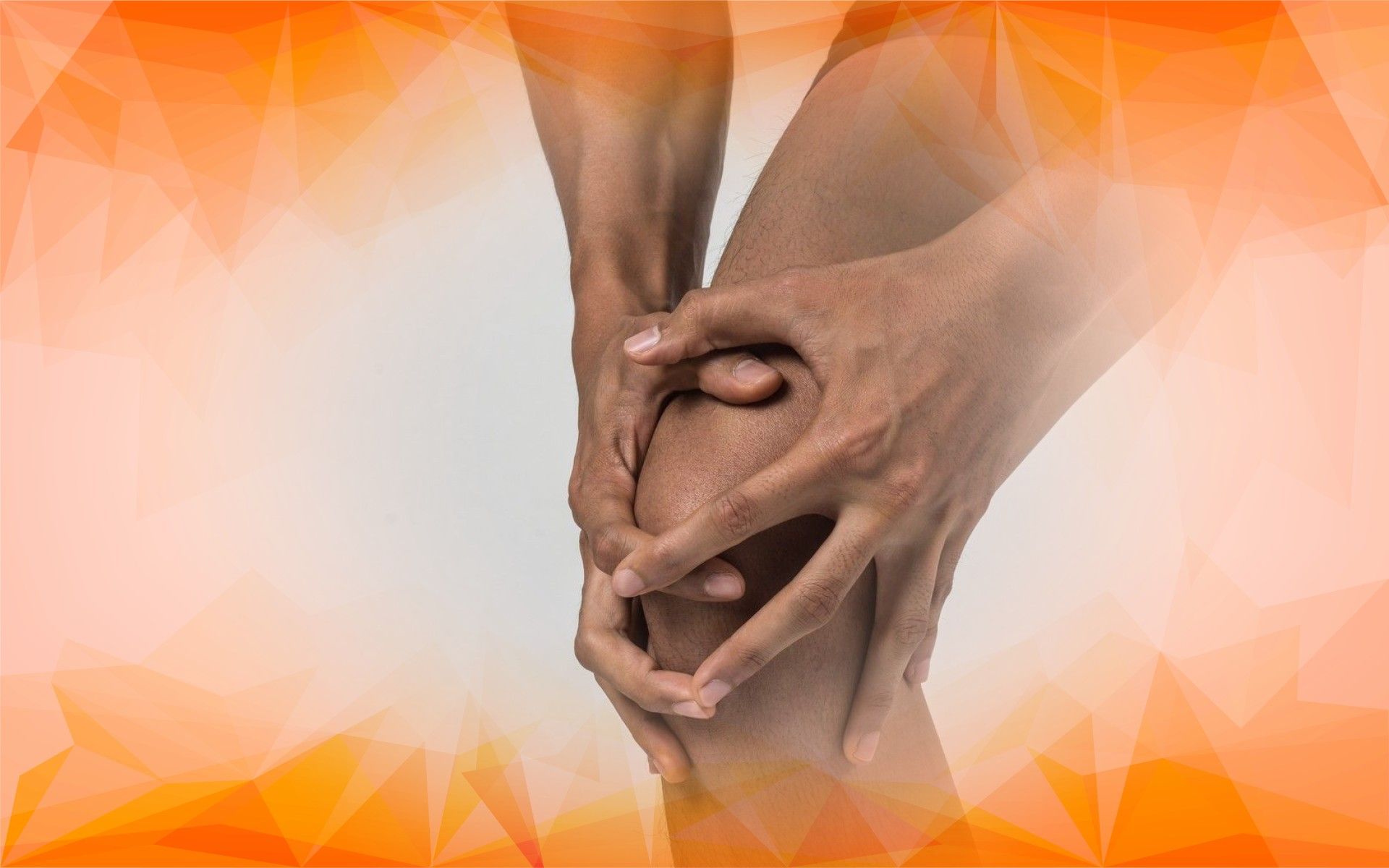Introduction: Why Early Detection of Knee Osteoarthritis Matters
Knee osteoarthritis is a common joint condition that often sneaks up silently. It begins when the cartilage—the smooth, protective tissue cushioning your knee bones—gradually breaks down. Over time, this can cause pain , stiffness, and trouble moving around. The earliest signs are usually subtle and easy to overlook, but catching osteoarthritis early gives you the best chance to slow its progress and maintain your quality of life.
What’s Happening Inside Your Knee?
Knee osteoarthritis isn’t just about “wear and tear.” Instead, it starts with small changes in the cartilage and mild inflammation inside the joint—often well before you feel any pain. The cartilage may begin to fray, and the joint’s lining (called the synovium) can become a bit irritated. Understanding these early changes helps doctors detect osteoarthritis in its earliest, most treatable stages.
Spotting the Early Signs
Early knee osteoarthritis can cause a handful of mild, sometimes fleeting symptoms, including:
- Stiffness: Your knee might feel tight, especially in the morning or after periods of inactivity.
- Mild pain: Discomfort may only occur during certain activities and isn’t constant.
- Slight swelling: The area around your knee may look a little puffy.
- Crepitus: You might notice a faint grating or crackling feeling or sound when you bend your knee , as rough surfaces begin to rub together.
These symptoms show up as cartilage starts to wear down and inflammation increases. Even if they seem minor, these early hints are worth paying attention to.
Diet and inflammation can also influence the development and progression of osteoarthritis . Subtle joint changes and inflammation may be early indicators of more significant joint problems down the line.
Recent advances in imaging—especially ultrasound—are giving doctors new ways to spot early osteoarthritis . For example, in hand joints , a unique ultrasound finding called the “horse saddle sign” has shown promise for early detection. While this specific sign is mainly studied in the hands, it highlights how imaging technology is rapidly evolving and could soon help improve early diagnosis in the knees as well.
When Osteoarthritis Progresses
If knee osteoarthritis advances, symptoms can become more noticeable and start to interfere with daily life. These might include:
- Pain that persists even when you’re resting
- More obvious swelling and changes in the knee ‘s shape
- Increased difficulty moving or bending your knee
- The development of small bony growths (bone spurs) and significant cartilage loss
Waiting for these more severe symptoms can make treatment much harder, so it’s important to act when the early signs appear.
How Doctors Detect Early Knee Osteoarthritis
Doctors use several tools and approaches to catch osteoarthritis as early as possible:
- Physical Exam: They’ll check how your knee moves, feel for tenderness, and listen or feel for crepitus.
- Imaging Tests: MRI scans can reveal early cartilage damage and subtle bone changes that aren’t visible on standard X-rays. Ultrasound can help detect inflammation and fluid buildup in the knee joint .
- Biomarkers: Researchers are exploring blood and joint fluid tests that may uncover joint damage before symptoms become obvious.
As imaging research advances, new ultrasound signs—like those recently identified in other joints —may soon help doctors spot osteoarthritis in the knees at an earlier stage.
Why Early Diagnosis Makes a Difference
When knee osteoarthritis is discovered early, it opens the door to treatments that are most effective when started sooner rather than later. Early interventions might include:
- Lifestyle Changes: Maintaining a healthy weight and incorporating exercise that builds strength surrounding the knee , which can help protect the joint.
- Medications: Anti-inflammatory medicines can reduce pain and swelling.
- Physical Therapy : Custom exercise programs improve knee stability and mobility.
- Emerging Treatments: Newer therapies, such as regenerative medicine , aim to help repair damaged cartilage and slow disease progression.
Starting treatment early can help manage symptoms, protect your joint, and keep you active for longer.
Conclusion: Take Steps Early to Protect Your Knees
Picking up on the early signs of knee osteoarthritis is essential for managing the condition proactively. With better diagnostic tools and improved understanding of the disease’s early stages, there are now more chances than ever to treat osteoarthritis before it becomes serious. Paying attention to stiffness, minor pain, swelling, and crepitus—and sharing these symptoms with your healthcare provider—makes a real difference. By acting early, you can protect your knees , maintain your mobility, and continue living life on your terms.
References
Añez Sturchio, G., Trallero, E., Erra, A., Barceló Bru, M., López‐Lasanta, M., & de Agustín, J.J. (2020). The “Horse Saddle” Sign: A New Ultrasound Sign for Osteoarthritis. Annals of the Rheumatic Diseases, 79, 1735. https://doi.org/10.1136/annrheumdis-2020-eular.5715
Beynen, , . (2011). Impact of Dietary Polydextrose on Clinical Signs of Canine Osteoarthritis. American Journal of Animal and Veterinary Sciences, 6(3), 93-99. https://doi.org/10.3844/ajavsp.2011.93.99




